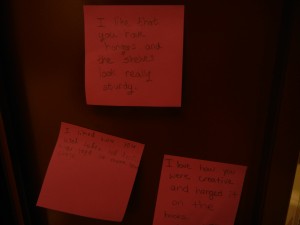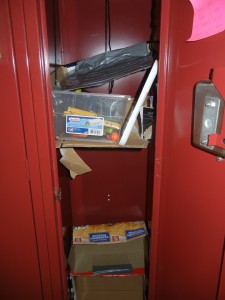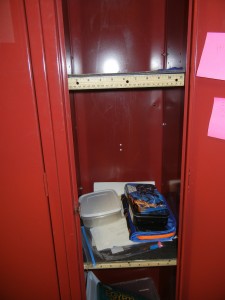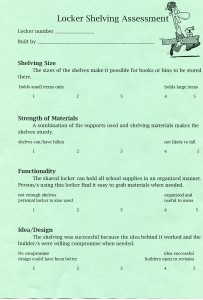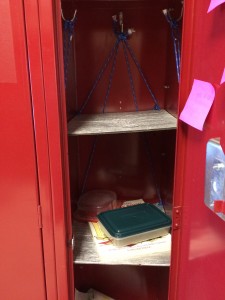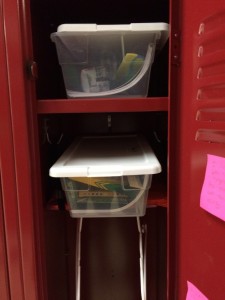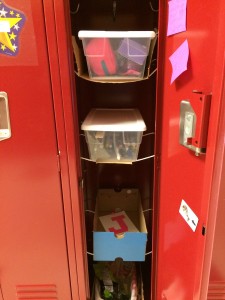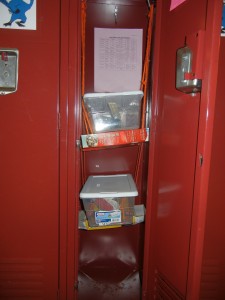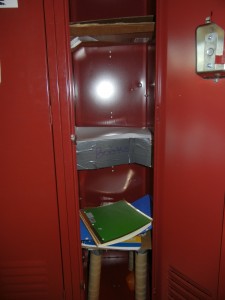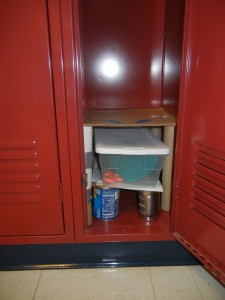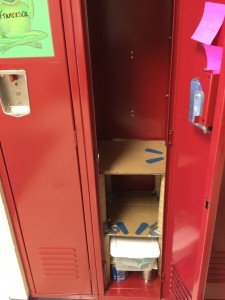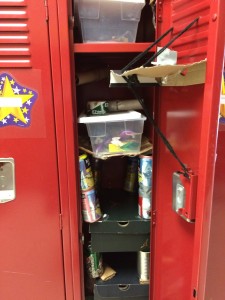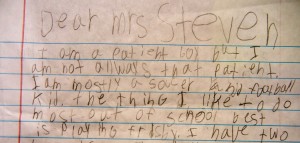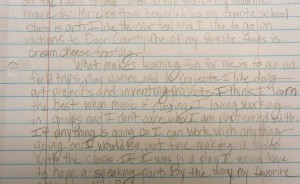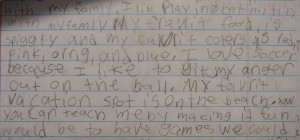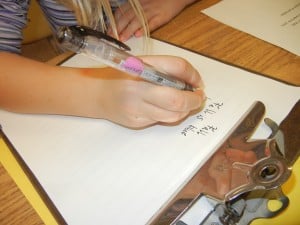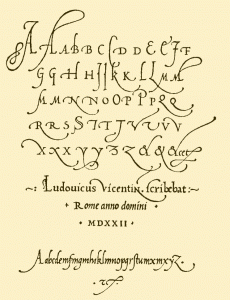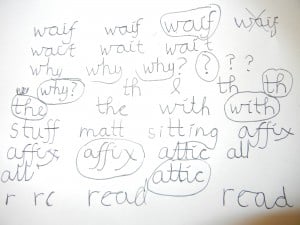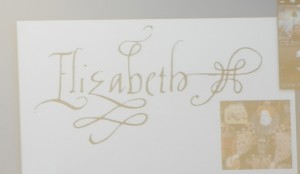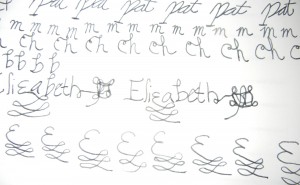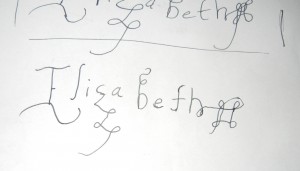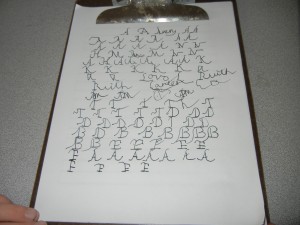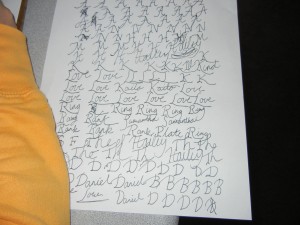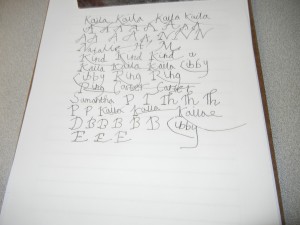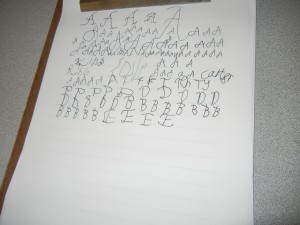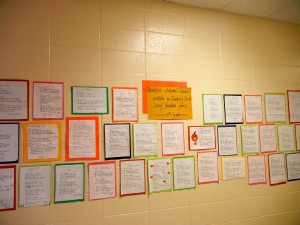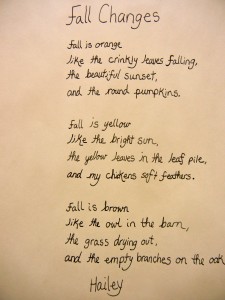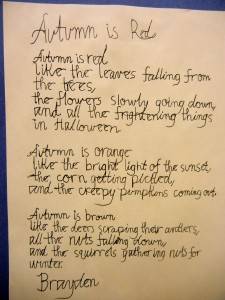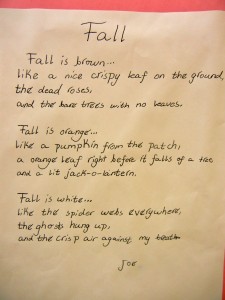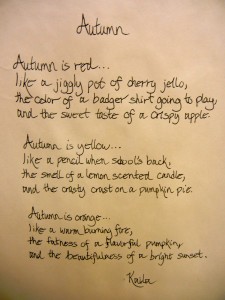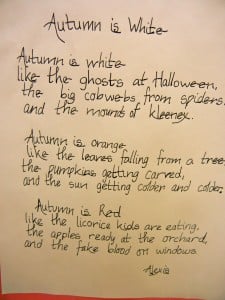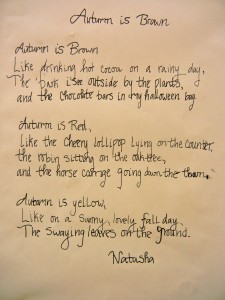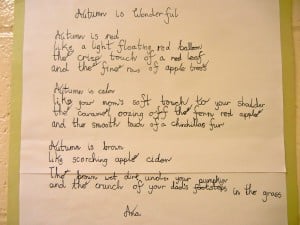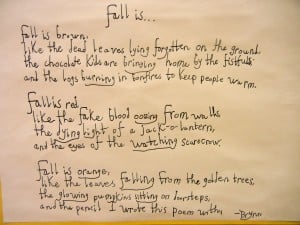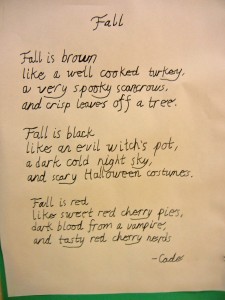“While we teach, we learn.” This quote is attributed to Seneca the Younger, the Roman Philosopher and Statesman who lived c. 4BC – 65 AD. In my own experience I have certainly found this to be true. Today my students had a chance to test it out as well.
Late in October one of the second grade teachers caught me in the teacher’s lounge. She hoped that my students would be willing to present a lesson to her students. I was thrilled we were being invited back. The last time we presented a lesson to her students (last year), we had focused on the <igh> trigraph. She was so impressed that from that one lesson, second graders were able to recognize <igh> in words for the rest of the school year! I suggested that this time we focus on the suffix <-ed>. She said, “Perfect!”
I knew we had a lot of projects in the works, but this was something I looked forward to. Each of my three groups of fifth graders prepared materials and practiced using them. Then today I took the classes one at a time to the three second grade classrooms. Here is how I introduced the lesson. Then the fifth graders and second graders worked one-on-one to practice adding the <-ed> suffix to various words.
It wasn’t until I reviewed this film after school that I noticed the boy holding the two letter p’s. He is obviously confused about when it is doubled. He doubled it when the <-ed> suffix was added to <jump>, he doubled it when the <-ed> suffix was added to <tape>, and he doubled it when the <-ed> suffix was added to <tap>. Now I know exactly what I have to do with all three classes tomorrow.
We will reenact this activity in front of the room, pausing to point out the effect the <-ed> suffix can have on a spelling. I am quite confident that my students know that the <p> is not forced to double in the word <jumped>, but I bet they will struggle with explaining why it isn’t. I will then thank this boy for giving us the opportunity to take our understanding to a level beneath the surface!
As the students sorted words into the three categories (1. just add the suffix, 2. double the base’s final consonant, 3. replace the final <e>) I circulated to listen to the conversations. Back when we were preparing the post-it notes for this activity, we began by brainstorming lists of words that would fit each category. One of the words suggested was <agreed>. It was a great word to talk about then, and it was a great word to hear fifth graders explain to their new friends. The word sum for <agreed> would be <agree> + <-ed> –> <agreeed>. We don’t replace the final <e> on the base in the same way we would replace the final <e> in <raked>, because the final <e> in <agree> is not individual like the final <e> in <rake>. Rather it is part of an <ee> digraph. On the other hand, we wouldn’t leave this word <agreeed> with three e’s. No complete English word has three e’s. So for THAT reason, we write the word <agreed> with two e’s instead of three.
Once the students had completed the activity on side A of the construction paper, they gathered up their post-it notes and flipped the paper over. On the other side were the three distinct pronunciations that can be the result of adding the <-ed> suffix to a word (1. /d/, 2. /Id/, 3. /t/ ). Here is video of that activity.
As one of the second grade teachers was watching this activity, she overheard me asking two students about words in which the <-ed> had a pronunciation of /t/. Every word on their list had a base with either a final <p> or a final /k/. I looked up at her and said quite truthfully, “I never noticed that before today!” She replied by saying, “Me neither! One of the best things about your students coming to do these lessons is that I learn something new too! Will you please come back to do the <igh> trigraph lesson next time?”
Today was splendid! We were warmly welcomed into each room. The second graders were happy to participate and enjoyed working with the fifth graders. The fifth graders took their role seriously, explained things thoroughly and left feeling pleased with themselves. And, of course, having to explain things to the younger students definitely strengthened their own understanding! After all, a wise philosopher once said, “While we teach, we learn.”

